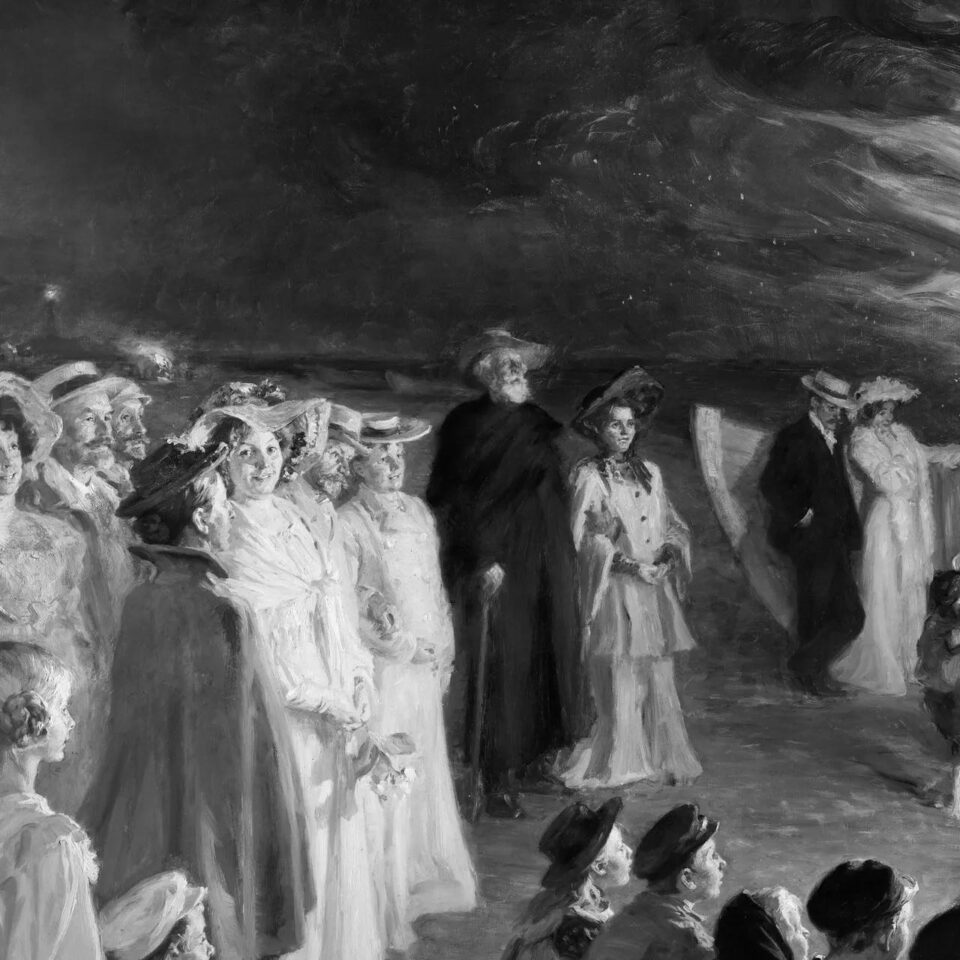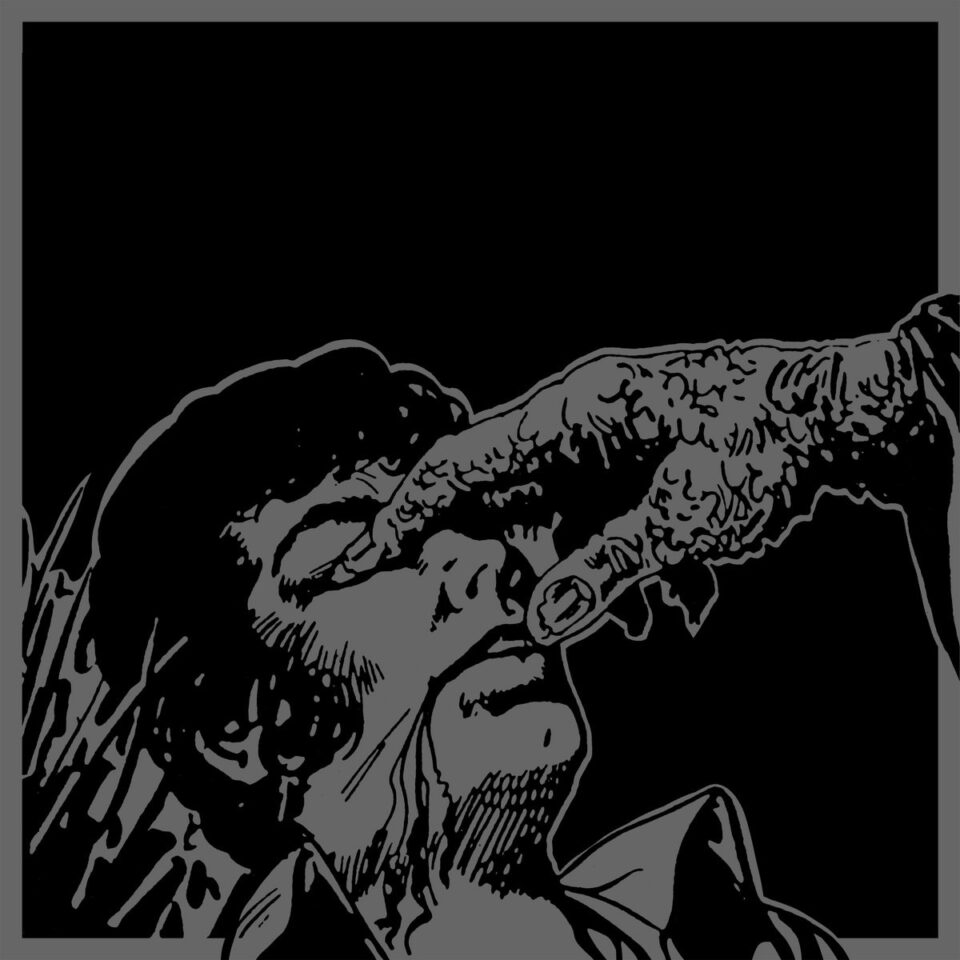 Fire-started in 1965 and over in a flameout by 1968, The 13th Floor Elevators burned bright—so boldly that little filmed footage was made of the titanic Texan ensemble. Having created spacey psychedelia from a dusty, Austin garage rock vibe—a prestigious tag in the annals of rock history—Roky Erickson, Tommy Hall, Stacy Sutherland, John Ike Walton, and Benny Thurman would have all but disappeared if not for the late Erickson’s tale of woe (2005’s You’re Gonna Miss Me), their brand of psilocybin-laced influence (best heard on the 1990 tribute LP, Where the Pyramid Meets the Eye, starring R.E.M., Julian Cope, and ZZ Top) and copious records from the Austin Police Department.
Fire-started in 1965 and over in a flameout by 1968, The 13th Floor Elevators burned bright—so boldly that little filmed footage was made of the titanic Texan ensemble. Having created spacey psychedelia from a dusty, Austin garage rock vibe—a prestigious tag in the annals of rock history—Roky Erickson, Tommy Hall, Stacy Sutherland, John Ike Walton, and Benny Thurman would have all but disappeared if not for the late Erickson’s tale of woe (2005’s You’re Gonna Miss Me), their brand of psilocybin-laced influence (best heard on the 1990 tribute LP, Where the Pyramid Meets the Eye, starring R.E.M., Julian Cope, and ZZ Top) and copious records from the Austin Police Department.
And Paul Drummond. The author and Elevators historian will make sure you don’t forget what you never realized you’d remembered when it comes to the haunted, hunted-down sound of vocalist-guitarist Erickson and his band. He’s a one-man army, what with having written Eye Mind: The Saga of Roky Erickson and the 13th Floor Elevators, The Pioneers of Psychedelic Sound in 2007 and digging deep through Texas archives and Austinians bottom drawers and musty closets for his brand new coffee table book, The 13th Floor Elevators: A Visual History.
Most of the big mythology around who the Elevators were, and what their friends and followers (including Hall’s wife Clementine, who helped the band come up with a name; Mother magazine editor Larry Sepulvado; Texas music figurehead Powell St. John) felt, is given rare visual aids. Sepia-toned studio session and live gig photographs, crinkled ticket stubs and colorful DayGlo poster art all set the stage for the story of how scraggly lyricist Hall invited Erickson to join forces to engulf themselves in the space-time-mantras, inner-outer monologues, and electric wiry wheeze of The Psychedelic Sounds of the 13th Floor Elevators (1966), Easter Everywhere (1967) and the 1968-recorded, but post-break-up-released, Bull of the Woods (1969).
The only print interview they did as an outfit (so they say) and given to Mother magazine in 1967 is reproduced in full in the coffee table tome for the first time, and the text from Drummond—plus a forward by expert witness/historian Lenny Kaye—says as much as can be said about the Elevators beyond hyperbole and exaggeration. Despite the fascination with all things acidic, beyond, and other-realm oriented, the Elevators come across as no-nonsense and matter-of-fact musicians on a trip to the outer limits.
It is the totems and tokens of The 13th Floor Elevators—the yellowed, blistered family photographs, the childhood etchings, and the adult-age, Aquarian-Aged (by way of the gritty Texas panhandle, and not the fussy, flowery San Francisco scene) poster art and gig announcements—that make this creeping vine of a volume a caffeinated epic. Like imagining Flower Power as a dried weed with a silvery, halcyon cloud above, the images of The 13th Floor Elevator are as grungy and gorgeous as the musky, mystic music itself.









